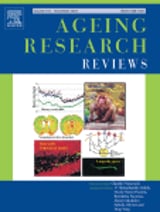How Inactivity and Aging Impact Neuromuscular Junctions: The Mitochondrial Dysfunction Link
November 18, 2024
Decreased physical activity is linked to muscle atrophy, impaired mitochondrial function, and instability at the neuromuscular junction (NMJ).
This review emphasizes the impact of inactivity and aging on NMJ stability, particularly focusing on the role of mitochondrial dysfunction in these processes.
Aging is associated with a gradual decline in muscle mass, mitochondrial dysfunction in motor axon terminals and myofibres, and a reduction in motor units.
Current research supports both perspectives on the relationship between mitochondrial dysfunction and NMJ deterioration, yet significant gaps remain in understanding the mechanisms involved.
Mitochondrial dysfunction may occur prior to both functional and structural changes in NMJs, indicating it could be a crucial factor in their deterioration.
The connection between mitochondrial dysfunction and NMJ instability can be approached from two angles: one suggests that mitochondrial issues in skeletal muscle lead to NMJ deterioration, while the other argues that problems with mitochondria in motor terminals are the primary cause of NMJ instability.
To better understand the mechanisms behind age-related and inactivity-related changes in neuromuscular and mitochondrial function, further research in both human and animal models is essential.
Summary based on 1 source
